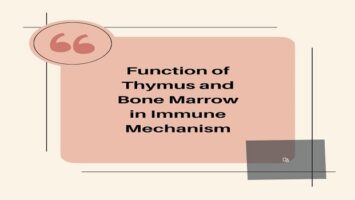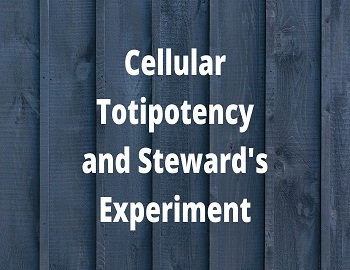Sphaerella (Haematococcus):
Sphaerella is a freshwater alga and occurs in ponds and ditches. The active cell in this organism differs from that of Chlamydomonas chiefly in the separation of the protoplasm from the cell wall. The cell wall itself is well-defined but thin and is composed of cellulose as shown below. It is separated from the cytoplasm by a thick mucilaginous inner wall which is penetrated by fine protoplasm threads. Embedded in the central cytoplasm is a large hemispherical chloroplast which is hollowed out and resembles that in Chlamydomonas. In fact, the structure of the whole protoplast is substantially similar to that of Chlamydomonas, except that there are numerous contractile vacuoles and several pyrenoids.

Haematococcus obtains its name from the fact that the cell is often red in color. This is due to the presence of a carotenoid red pigment, haematochrome, which masks the green color of the chlorophyll. The actual colour of any particular cell depends upon the relative proportion of haematochrome present which in turn depends on the supply of nitrogen compounds. The alga very readily forms cysts by the withdrawal of the flagella and the rounding up of the cell, in fact, it is in this condition that the organism is generally seen.
Haematococcus nivalis is closely similar to the type described above. The resting cells contain an abundance of red pigment and, since the alga is found on the snow in Alpine and Arctic regions, it gives the appearance of blood-red patches, from which it has gained the name of the “red-snow” plant. It also sometimes comes down in great quantities in rain, thus giving rise to stories about “rains of blood”.
Reproduction is usually carried out by simple longitudinal division of the motile cell, later forming into zoospores. The contents of a cyst may sometimes divide to form an extensive palmella stage, and it is from such resting cells that the gamete are formed as shown below. They are minute motile swarmers, with no cell wall, but otherwise like the normal cell.

Sexual reproduction is by the formation of gametes the plus (+) and minus (-). They fuse in pairs forming the zygote which divides meiotically to produce four daughter cells.










Comments (No)